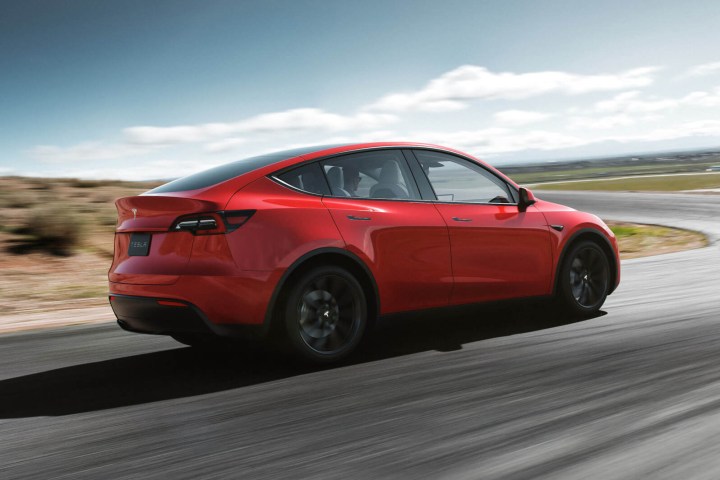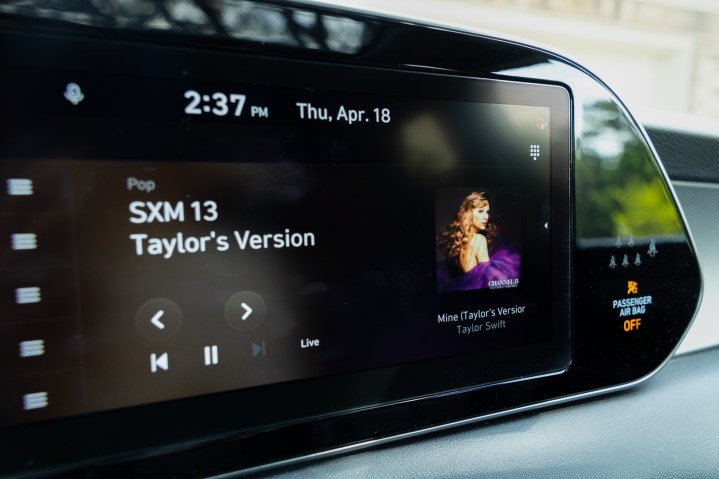More and more car companies are jumping on the services bandwagon, but they’re doing so in ways that could be considered somewhat controversial. Instead of inventing new services and building better experiences that drivers can unlock with an additional payment or subscription, car companies are turning to the hardware that has always been built into a car. That’s right — aspects of the car that you bought are more and more becoming unavailable until you pay an extra fee — and sometimes an ongoing one.
The latest to take this approach is Tesla. No, we’re not talking about the “full self-driving” tech that has long been offered as a subscription. Instead, Tesla has started selling upgrades to car buyers that don’t actually add anything to the car itself. Instead, they just unlock “additional range” from a battery that was apparently previously software-limited.
These upgrades are reportedly being offered to Tesla Model Y owners for between $1,500 and $2,000 and add between 30 and 50 miles of range to the car. There’s only one problem, though. The battery in the Model Y isn’t actually getting bigger; it was just previously told by software to not offer that extra range to the driver.
Not the first
Tesla isn’t the first to adopt the practice of locking hardware behind additional fees or subscriptions. BMW made headlines for locking heated seats behind a paywall and charging customers hundreds of dollars per year to access the feature. After heavy criticism of the practice, BMW rolled this subscription back, allowing customers to access heated seats without having to pay any extra. That came only shortly after BMW tried and also failed to charge customers $80 per year to access Apple CarPlay and Android Auto — features that have been offered by BMW and other automakers for free for years now.

Mercedes-Benz took a similar approach a few years ago, charging some customers a $1,200 yearly subscription to unlock “additional performance” from their car. Like Tesla and BMW, this subscription didn’t add any actual physical upgrades to the vehicle, instead simply telling the car through software that the driver was “allowed” to access the better performance.
I hate this approach. I think it makes complete sense for car companies to want to add additional ways to make money from vehicles that are already on the road. But doing so with the hardware of a car that a customer bought is downright shady. After all, there’s no difference in price for Tesla, BMW, and Mercedes-Benz to manufacture these vehicles — and it seems incredibly wasteful for things like the additional battery to have always been available to drivers, but unusable.
In this case, Tesla is holding a driver’s own car hostage. It’s true that Tesla doesn’t advertise cars as offering a certain battery capacity, but rather a certain range — but it’s still unoriginal and seems a little desperate.
So what to do instead?
Again, I get the fact that automakers want to be able to make money from vehicles that are on the road without having to convince drivers to buy new cars more often, but doing so by locking the built-in hardware behind a paywall is kind of pathetic.

So what can automakers do instead? Well, there are plenty of ways to add value to a vehicle after the fact. A classic example is by selling a cellular subscription that adds internet connectivity to a vehicle. This isn’t necessarily a big money-maker for an automaker, considering the fact that the company still has to pay for this cellular connectivity in the first place to a company like AT&T or Verizon. But typically, automakers do still make a little off the top. Another classic example is offering access to satellite radio services like SiriusXM, which pays out shares in revenue to carmakers annually. But, as music streaming has become more common and unlimited data more prevalent, drivers have become less interested in paying for services like Sirius.
Most of the reasonable ways to charge a subscription to customers involve software. The only problem is that most automakers are bad at software. Automakers can barely make software that drivers want to use for free, let alone pay for — hence why so many drivers won’t buy cars without CarPlay or Android Auto. But, if automakers were to get better at software, they could charge for better software features, or features that rely on cloud computing — and thus cost the automaker to run in the first place.
Other opportunities arise with EVs. For example, automakers could charge subscriptions to charging stations, offering unlimited access to these stations for a monthly fee instead of a per-charge fee. They’d have to contend with charging companies to do so — but the convenience of having unlimited access to two or three of the largest charging networks may be worth it.

Of course, there is a way for automakers to charge subscriptions for hardware. That’s by charging a subscription for all of the hardware. Some automakers, like Volvo, are already doing this — but the practice isn’t very mainstream just yet. The concept is relatively simple — instead of buying a car or leasing one, drivers simply pay a monthly subscription fee for as long as they want to use a vehicle, and when they’re done with the car, they stop paying and give back the car. As this practice becomes more common, it’s likely that older or less powerful vehicles will cost less. Sure, it’s similar to a lease — but less complicated, more flexible, and more appealing.
Car subscription services are here to stay. That’s especially true given the fact that traditionally car makers have made much of their money from things like parts and repairs. But considering the fact that EVs are more reliable and require less maintenance, that income source is drying up a little. Hopefully, automakers will find their way and figure out ways to charge subscriptions while actually adding value to the experience of driving their cars instead of holding hardware hostage. In the meantime, however, it’s likely we’ll see subscription services like Tesla’s more often.



